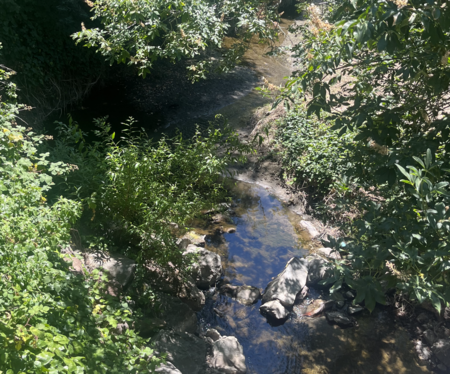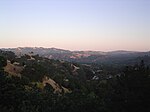Lafayette Creek (California)
Rivers of Contra Costa County, CaliforniaRivers of the San Francisco Bay Area

Lafayette Creek is a 3.78 mi (6.08 km) long creek in Contra Costa County, California in the San Francisco Bay Area. It is a tributary of Las Trampas Creek.
Excerpt from the Wikipedia article Lafayette Creek (California) (License: CC BY-SA 3.0, Authors, Images).Lafayette Creek (California)
Golden Gate Way,
Geographical coordinates (GPS) Address Nearby Places Show on map
Geographical coordinates (GPS)
| Latitude | Longitude |
|---|---|
| N 37.8925 ° | E -122.11138888889 ° |
Address
Golden Gate Way 3410
94549
California, United States
Open on Google Maps



